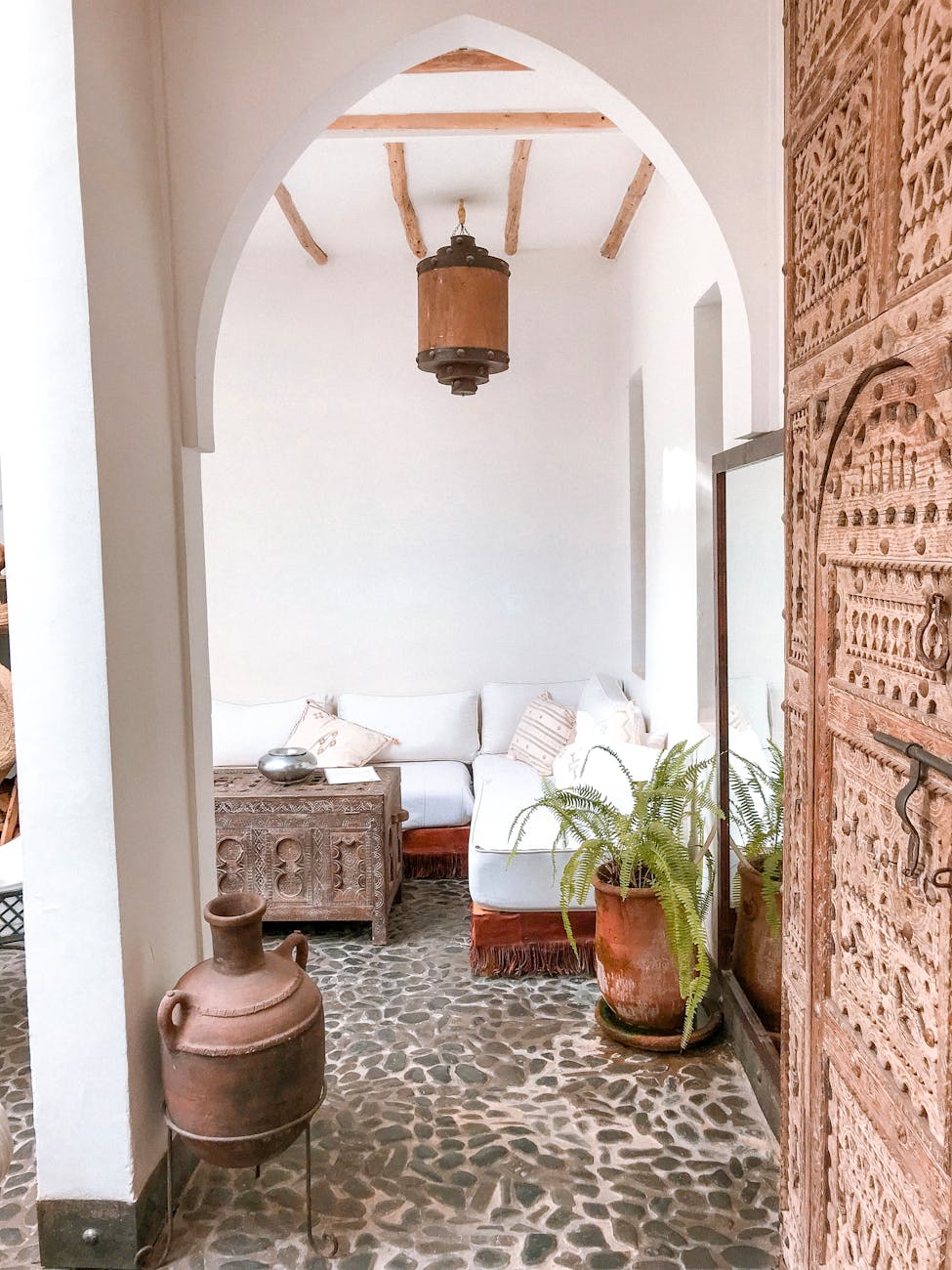Can a Floor Lamp Light a Whole Room?
In the quest for the perfect lighting setup, many homeowners find themselves pondering whether a single floor lamp can effectively illuminate an entire room. With indoor lighting playing a crucial role in setting the ambiance and functionality of a space, understanding the capabilities of floor lamps is essential. Let’s delve into this topic to find out if a floor lamp alone can light up a whole room and what factors might influence its effectiveness.
The Basics of Floor Lamps
Floor lamps are versatile pieces of lighting that serve both functional and aesthetic purposes. They come in various styles, from minimalist designs to elaborate statement pieces, making them suitable for almost any décor. Typically positioned in corners or behind seating areas, floor lamps can be a focal point or a complementary element in a room. However, the pressing question remains: can they sufficiently light a whole room?
Factors Influencing A Floor Lamp’s Effectiveness
Several factors determine whether a floor lamp can light up an entire room:
- Brightness and Wattage: The lamp’s bulb is a key determinant. Higher wattage bulbs produce more lumens, which can cover more space. Consider LED bulbs for energy efficiency and powerful illumination.
- Lamp Design: Certain designs, like torchiere lamps, project light upwards, bouncing it off the ceiling and dispersing it throughout the room, making them more likely to provide ample lighting.
- Room Size: Small to medium-sized rooms are more likely to be sufficiently lit by a single floor lamp compared to larger spaces, which might need additional lighting sources.
- Room Layout: A floor lamp in a room with obstructions, such as partitions or large furniture, might struggle to illuminate the space effectively.
Supplementing a Floor Lamp
If a single floor lamp doesn’t provide enough light, consider supplementing with other sources:
- Table Lamps: These can add focused light, improving the overall brightness and ambiance.
- Wall Sconces: Strategic placement of wall sconces can offer additional lighting without occupying floor space.
- Ceiling Lights: Combining ceiling fixtures like chandeliers or pendant lights with floor lamps can effectively illuminate even larger rooms.
Conclusion
While a floor lamp can light a whole room under the right conditions, it often requires supplemental lighting to achieve optimal illumination, especially in larger spaces. By selecting a powerful bulb, choosing the right lamp design, and considering the room’s layout, you can maximize a floor lamp’s lighting potential. If necessary, don’t hesitate to combine it with other light sources for a well-lit, pleasing environment.





